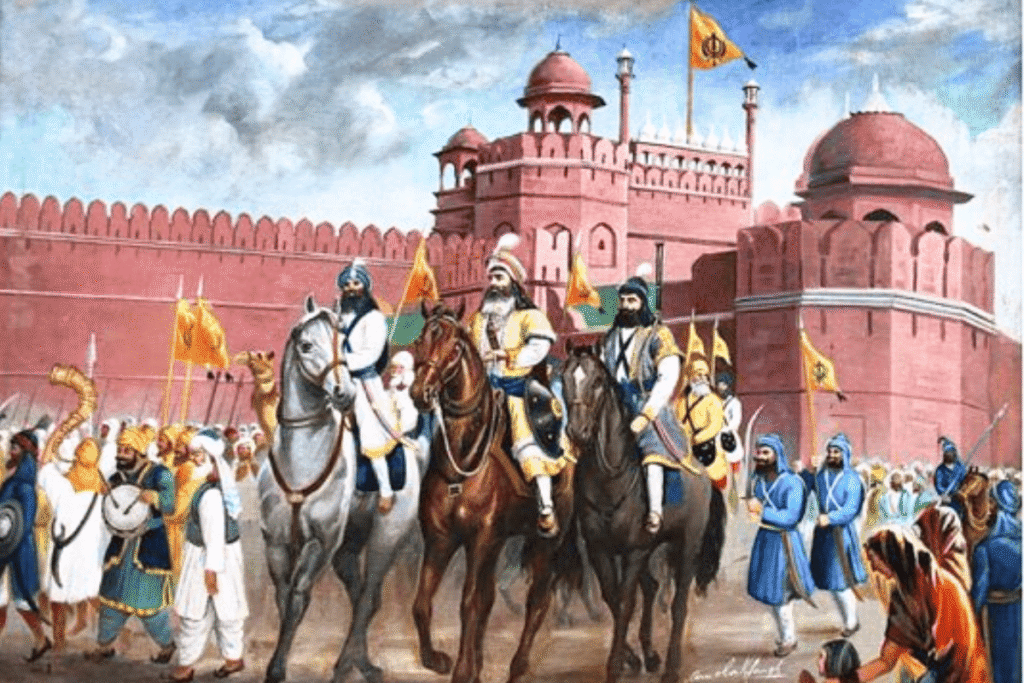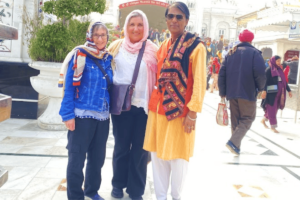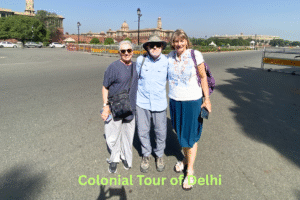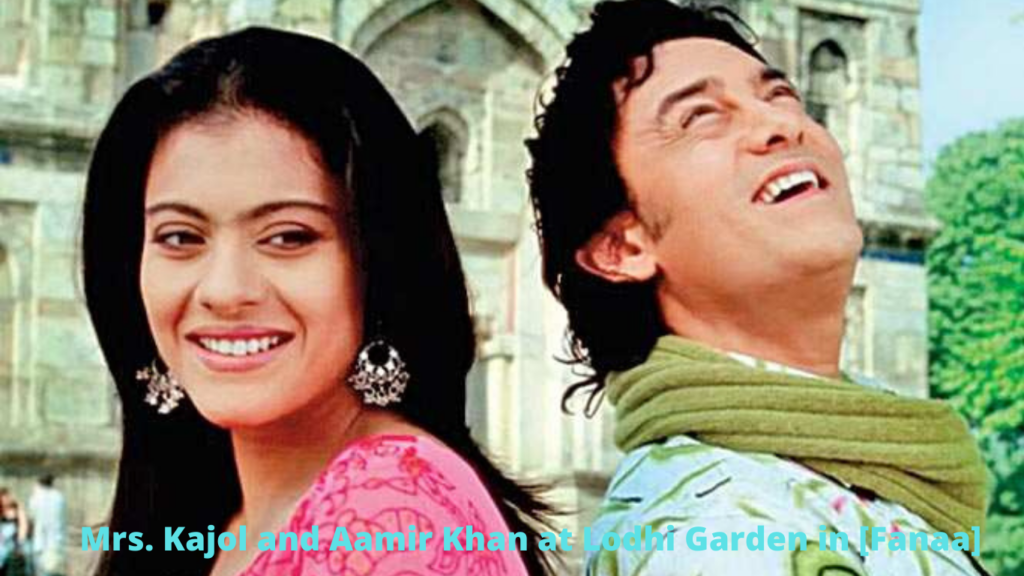I met Harry—my beautiful, charming Delhi tour companion—on a breezy evening near ISBT. With a smile that felt like sunlight and a storyteller’s glint in those expressive eyes, Harry took my hand and said, “Listen closely; if you’re quiet enough, you can still hear the clip-clop of horses and the thunder of an army.” And just like that, Mori Gate Delhi History began to breathe around us.
Mori Gate Delhi History – How a “Hole” Became a Gateway

“Some old Delhiwalas will tell you there were twelve gates and one mori,” Harry laughed softly, brushing a strand of hair from that graceful face. “A mori means a little outlet—a hole. And that is exactly how Mori Gate Delhi History was born.”
Harry’s voice warmed as we stepped along the old alignment of the city wall of Shahjahanabad. In 1783, Delhi trembled. A body of 40,000 Sikh soldiers advanced upon the capital during Shah Alam II’s reign. They split into three forces: two groups of 5,000 deployed at Majnu-ka-Tilla and Ajmeri Gate, while 30,000 Sikhs under Baghel Singh, Jassa Singh Ramgarhia, and Jassa Singh Ahluwalia camped at a place soon famous as Tees Hazari. Prince Mirza Shikoh was defeated and fled; the city’s pulse quickened with the sound of hooves and war drums.
With every sentence, I felt myself fall a little more in love—with Delhi, with the story, with this elegant guide who could make stone speak. Harry described how a local mason whispered of a weak section in the wall—caved in from the inside though the exterior looked intact. The Sikh troops rammed logs against it, blowing / breaking through the wall to create an entry. That breach became the city’s “mori,” and the spot came to be remembered as Mori Gate. Even today, Mori Gate Road and the Mori Gate bus terminal keep the name alive, a living footnote to one of Delhi’s most dramatic days.
Inside the city, the tide turned swiftly. The Sikhs captured Delhi in the Battle of Delhi (1783). For a moment, Jassa Singh Ahluwalia was placed upon the takht of Delhi as Badshah Singh, until Jassa Singh Ramgarhia objected—no coronation without a Dal Khalsa conclave. In a gesture both symbolic and unforgettable, the Mughal throne was enchained and carried to the Ramgarhia Bunga in Amritsar, where it still sits. A Mughal slab from Delhi was said to have been roped to a horse and brought to Punjab—war’s trophies turned into history’s stark punctuation marks.
And yet, Harry reminded me, conquest gave way to construction. The Mughals agreed to the building of seven Sikh gurdwaras in Delhi, commemorating sites linked to the Gurus. Baghel Singh also set up an octroi post near Sabzi Mandi—not to fill royal coffers, but to fund gurdwara construction and aid the needy. In Harry’s telling, the story swelled with compassion; victory wasn’t only the crash of walls—it was also service, memory, and faith.
Tees Hazari – Mori Gate Delhi History 30,000 Sikhs, which encamped

We turned toward Tees Hazari, the name itself translating to “thirty thousand.” Harry’s steps slowed. “This is where 30,000 Sikhs under Baghel Singh, Jassa Singh Ramgarhia, and Jassa Singh Ahluwalia camped,” the voice dropped to a reverent hush. “Imagine the tents, the watchfires, the horses pawing the ground. Imagine the thunderstorm of an army.”
When the Mughal emperor learned of the plan to attack Delhi, he ordered all fort gates closed. With food and essentials stockpiled inside, the hope was that the Sikhs—“camping in the jungles,” as the chronicles put it—would run out of rations and fall back. But Delhi is a city that rewards those who listen to whispers. It was that mason from a nearby village who showed the Sikhs the compromised section—strong on the outside, crumbling within. Harry mimed the movement of ramming logs into the wall, each strike echoing across the centuries. The breach the Sikhs created became Mori Gate, the most controversial “gate” of them all.
“People still argue,” Harry smiled, “Was it a gate or a hole? But sometimes a hole in a wall is the truest doorway to a city’s soul.” Standing there, I swear I heard the clip-clop Harry promised—the charge of cavalry, the crack of orders, and then, faintly, the chant of victory carried by the Yamuna’s night breeze. Few moments in Mori Gate Delhi History feel as alive as this: strategy, courage, and a single weakness changing the fate of an empire.
Read More: Sikh attacks on Delhi
Mori Gate Delhi History- Pul Mithai A Sweetness After the Storm
For our last stop, Harry guided me into Pul Mithai, where today’s bustle rests on layers of memory. The name itself—“Bridge of Sweets”—sounds like something a poet might have written after battle. “In the old days,” Harry said, “the city learned to keep living, even when the drums of war were still fading.” Shops selling jalebi, laddoo, barfi—the sweet grammar of Delhi’s resilience—sprang back to life. Porters and soldiers, traders and pilgrims, all crossed this bridge between necessity and celebration.
Harry’s storytelling lingered on service and remembrance. After the 1783 victory, Baghel Singh’s octroi post at Sabzi Mandi helped finance gurdwaras rather than royal luxury; alms and construction replaced the noise of conquest. It is no accident that in Delhi, places like Pul Mithai hold onto their names—because this city refuses to forget how it finds sweetness after storms. And that, Harry said, is also Mori Gate Delhi History: not merely the breaching of a wall, but the building of a community.
We stood for a long time, watching pigeons burst into the sky like confetti of memory. Somewhere a rickshaw bell chimed; somewhere else, a tandoor hissed and spices lifted into the air. I looked at Harry—so feminine, so composed, so alive—and realized why travelers keep returning. This isn’t a lecture; it’s a heartbeat. This isn’t just an Old Delhi heritage walk; it’s a love story between a city and those who will listen.
Delhi Tour Guide – Your Best Tour Companion in Delhi
Mori Gate Delhi History And Why This Matters, How to Experience It
If you’re searching on your phone for the “real Delhi”, let Mori Gate Delhi History anchor one chapter of your walk. Pair it with Tees Hazari and Pul Mithai, and you’ll feel how strategy, faith, service, and celebration braid together here. With a Delhi tour companion like Harry, the past won’t just be told—you’ll hear the hooves, feel the wall give way, taste sweetness in the wind, and carry Delhi with you long after the day ends.







